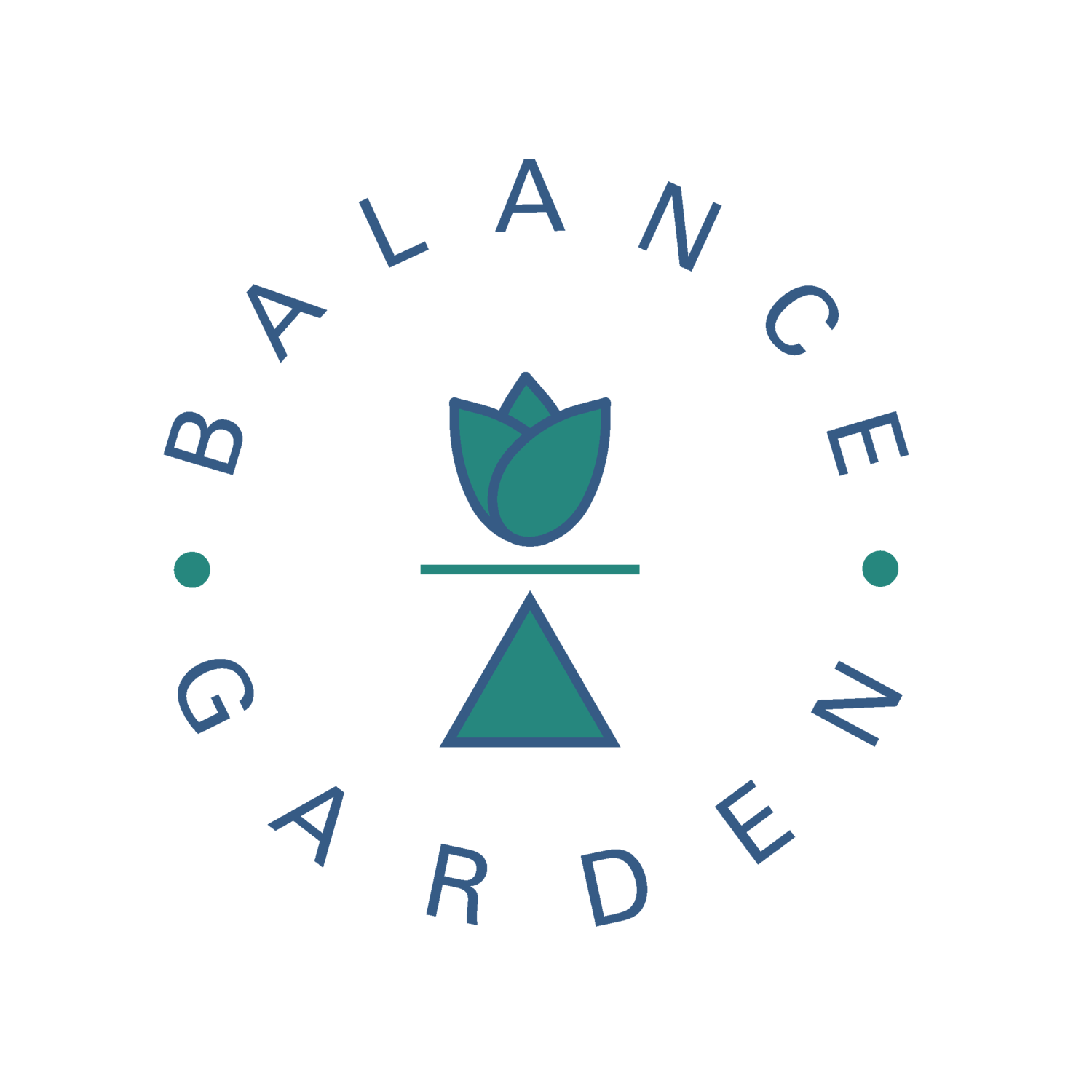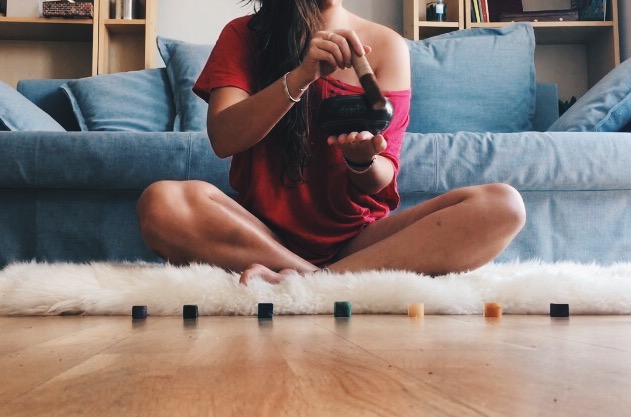The Eight Limbs of Yoga as a Tool for Transformation
/Words by Helen Watkins
You may have heard Yogis mentioning that Yoga was not all about the poses. Fair enough, but what is it about then?
Yoga is an ancient tradition and has been influenced by so many to arrive today in our Western World. Patanjali the author of the Yoga Sutras introduces us to the concept of the eight limbs of Yoga. In his idea, they are a pathway to enlightenment and must be practiced in order.
1st Limb: Yamas, our behaviour with the world
There are five Yamas or lines of conduct that one should follow to become the best version of themselves in society.
Ahimsa or non-violence towards all beings (including yourself!). This is the golden rule of the Yoga World.
Satya or truthfulness to encourage you to speak your truth but always with Ahimsa in mind. Balancing both can be a real challenge but yogis shall put their egos aside to make the right decisions.
Asteya or non-stealing to restrain people from taking what is not freely given, material objects included but not limited as you can steal someone’s time or energy. This is something to think about in your everyday relationships.
Brahmacharya or celibacy used to be a rule taken for its proper sense, but yogis do not practice continence anymore. However you could apply it nowadays as a guideline for moderation in all things, food, sex or alcohol.
Aparigraha or non-hoarding instructs yogis to possess only what is necessary. You could practice Aparigraha by giving some of your belongings to charity.
2nd Limb: Niyamas, our behaviour with ourselves
There are five Niyamas and they are an internal practice that one must follow after mastering the Yamas. After working on your relations with the world around you, the second Limb is about yourself.
Saucha or cleanliness has for objective to purify your body but also your mind. You can practice mindfulness to identify the negative thoughts and release them away.
Santosha or contentment is what is believed to be the first step towards true happiness. Santosha can be practiced by counting your blessings to express gratitude for the life you have and maybe also towards things or people you take for granted.
Tapas or self-discipline is about your inner fire, your willpower. It teaches you to commit fully to your goals and to act positively in your life. Basically, Tapas is waking up early in the weekend to go for a run or to a yoga class, and not pressing the snooze button!
Svadhyaya or self-study requires one to be humble to see both their flaws and strength and to keep learning to become the best human you can ever be. Svadhyaha is also about finding your true self, and not necessarily doing what everyone else’s or society is telling you to do.
Ishvara Pranidhana or devotion is the connection of the self with a greater power (God, the Universe…).
3rd Limb: Asanas, the physical practice
Asanas is the most known limb of yoga and if you have stepped a foot in a yoga class or if you use instagram you probably know already many poses. The physical practice of yoga keeps you healthy, makes you improve both strength and flexibility and can be challenging physically and mentally. There are many styles available, more or less dynamic, more or less spiritual, so you can find a class and a teacher that resonates with you.
4th Limb: Pranayama, breath work
Prana means life force and Ayama means control, both create this very powerful practice with so many different benefits. By practicing breath work you can access your parasympathetic nervous system to calm your mind and enter the rest and digest mode. You can also fire your body from the inside and create an internal warm up for your physical practice. One common pranayama is Ujjayi. It is often practiced in Vinyasa or Ashtanga during the Asana practice. It’s a very audible breath, which may remind you of the sound of the waves or maybe of Darth Vader’s very unique breathing! Ujjayi translates as “victorious” and to practice it you must pass the air in and out of your nose through the back of your throat in a very smooth and deep way. It helps keep focus as well as relaxing both the mind and the body to go deeper in poses. If Pranayama is something that interests you, you will find plenty of other techniques, some even help with anxiety and depression.
5th Limb: Pratyhara, withdraw of the senses
The world around us can easily be extremely overwhelming especially in busy city life. There is barely any time for quiet. We hear the cars through our flat windows, maybe even our neighbours walking in the hallway, and all of this makes the withdrawal of the senses much harder than if you live surrounded by peaceful nature. The practice of Pratyhara teaches you to go within in order to stop being disturbed by everything around.
6th Limb: Dharana, concentration
Now that you have mastered the withdrawal of the senses and you are fully in, you have to deal with an other overactive and busy world: your mind! And this one cannot be turned off by wearing earplugs. Start by focusing on your breath. At first, you will be very quickly submerged by thoughts, but with regular practice it does become easier.
7th Limb: Dhyana, meditation
Meditation is such an incredible practice that helps us being more mindful, living more in the now. Patanjali believes that only when you have shut both your surrounding and your mind, you can then start to meditate. Seated meditation is what is mostly known but you can also practice moving meditation during your Asana practice. Nowadays you can find plenty of applications or YouTube videos to help you start your meditation practice and guide you in this process, as seating in silence at first can be disconcerting.
8th Limb: Samadhi, enlightenment
Samadhi can be attained during meditation. It is a blissful state of deep stillness and tranquillity of the mind and body. This is probably the highest goal of the yoga practice. The main difference between Meditation and Samadhi is that in the first one you are still aware that you are focusing and meditating, whereas in the second you are just being, totally submerged.
Nowadays it is rather rare to see people practicing the eight limbs in order, but it is still an amazing guide to go deeper in our spirituality and yoga practice.
Helen is a performer and a yoga teacher. She teaches Vinyasa Flow and Yin, in Paris and London, catered for busy city lifestyle people who need to reconnect with themselves in movement as well as in stillness. She will be leading a retreat this May in Italy. Find more about her work at www.helenwatkins.yoga and follow her yogic journey on instagram @LnWatkins
Recently on Balance Garden




































Show notes for Episode 13 of the Balance Garden podcast - Building Bridges, hosted by Tiger Lily Raphael with Sophie Cowen & Michelle Killington